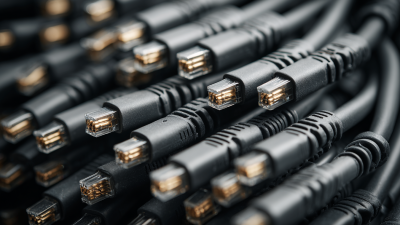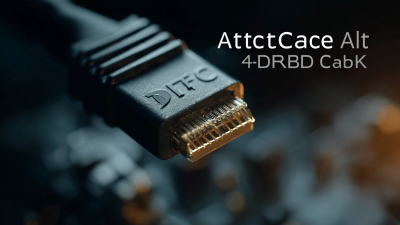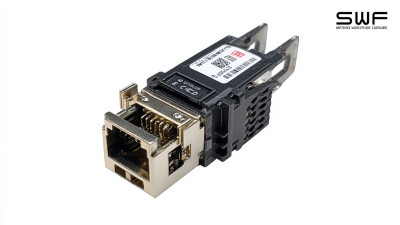Leave Your Message
In the ever-evolving landscape of high-speed data transmission, the demand for reliable and efficient connectivity solutions has never been more pressing. According to a recent report by the International Data Corporation (IDC), global data traffic is projected to grow at a staggering compound annual growth rate (CAGR) of 26% through 2025, necessitating robust infrastructure to support this surge.
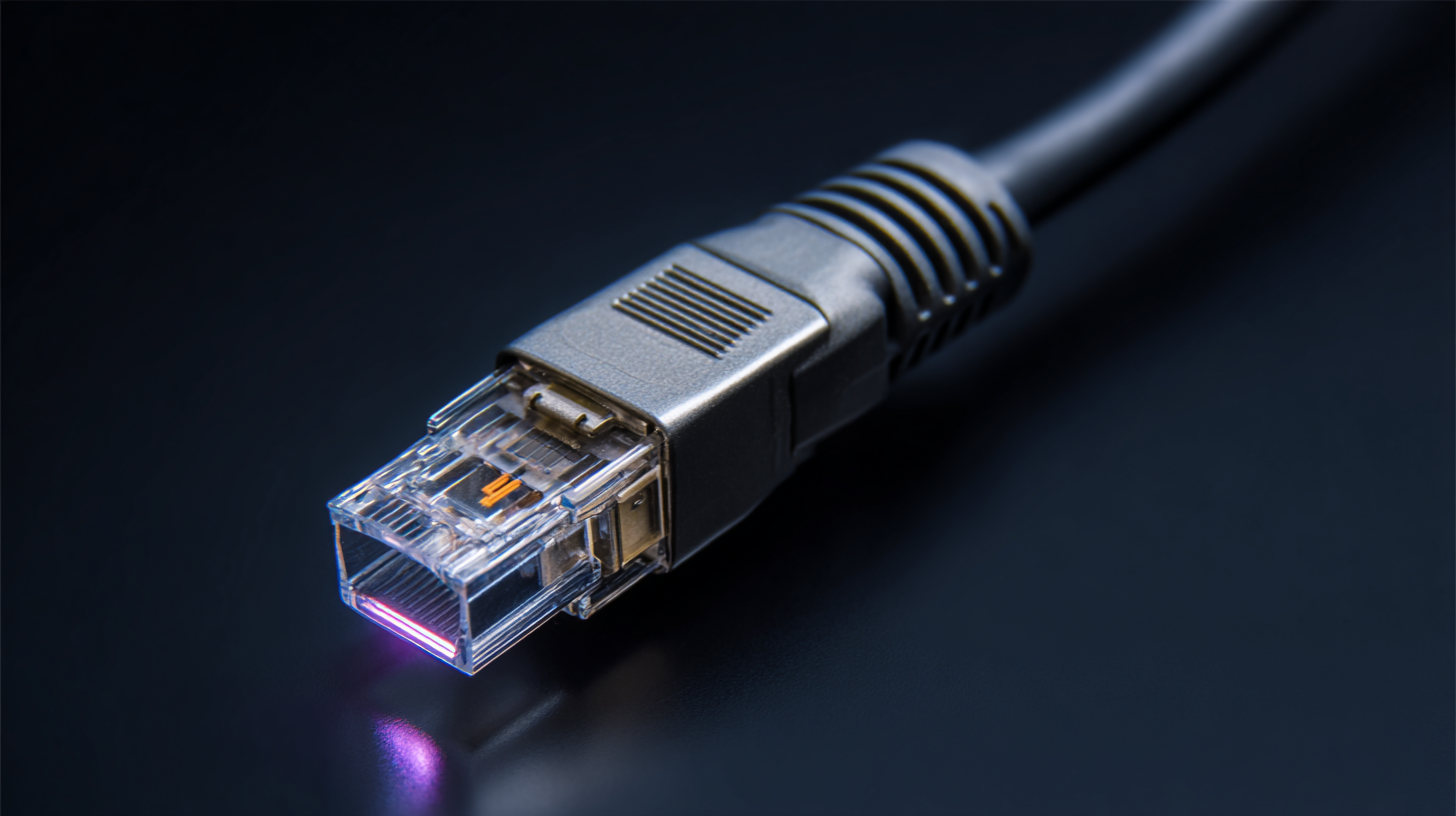 One promising solution in this domain is the 10G SFP+ Active Optical Cable, which offers the advantages of higher bandwidth and longer reach compared to traditional copper cables. Leveraging advanced optical technology, these cables provide an exceptional combination of performance and flexibility, making them ideal for data centers, enterprise networks, and high-performance computing environments. As organizations seek to enhance their network capabilities and face the challenges posed by increasing data loads, understanding the implementation and benefits of 10G SFP+ Active Optical Cables becomes crucial for staying competitive in the digital age.
One promising solution in this domain is the 10G SFP+ Active Optical Cable, which offers the advantages of higher bandwidth and longer reach compared to traditional copper cables. Leveraging advanced optical technology, these cables provide an exceptional combination of performance and flexibility, making them ideal for data centers, enterprise networks, and high-performance computing environments. As organizations seek to enhance their network capabilities and face the challenges posed by increasing data loads, understanding the implementation and benefits of 10G SFP+ Active Optical Cables becomes crucial for staying competitive in the digital age.
The adoption of 10G SFP Plus Active Optical Cables (AOCs) is revolutionizing high-speed connectivity in various industries. These advanced cables leverage optical technology to transmit data at incredible speeds, significantly enhancing network performance. By utilizing fiber optics rather than traditional copper cables, 10G SFP Plus AOCs can support longer distances, delivering a reliable connection without signal degradation. This capability is particularly beneficial in data centers and enterprise environments where robust and efficient data transfer is crucial.
In addition to their impressive speed and distance capabilities, 10G SFP Plus AOCs offer a lightweight and flexible design, which simplifies installation and routing in complex setups. The reduced power consumption of optical cables also contributes to lower operational costs, making them an eco-friendly alternative to copper solutions. Furthermore, the inherent immunity to electromagnetic interference ensures that data integrity is maintained, allowing organizations to operate with confidence in their network infrastructure. These benefits collectively position 10G SFP Plus Active Optical Cables as a leading choice for businesses aiming to enhance their high-speed connectivity.
This chart illustrates the advantages of using 10G SFP Plus Active Optical Cables compared to traditional copper cables in terms of key performance metrics.
As high-speed networking becomes increasingly essential, choosing the right 10G SFP Plus Active Optical Cable can significantly enhance your system’s performance. When evaluating options, consider factors such as distance requirements, compatibility with existing equipment, and the specific network environment. An optimal cable can provide superior bandwidth and improved data transmission rates, facilitating more efficient connections between devices.

Tips: Before making a purchase, ensure compatibility with your network switch and devices. Evaluate the length of the cable needed; longer runs may require specific types of active cables to maintain signal integrity. Additionally, pay attention to the build quality of the cables, as a robust design can prevent wear and tear over time, ensuring longevity and continuous performance.
Another aspect to consider is the configuration of your networking setup. Switching to fiber optics and SFP+ cables can greatly improve the speed and reliability of your connections, especially in areas with high traffic. Be proactive in assessing your network needs and adapt your infrastructure accordingly to take full advantage of these high-speed solutions.
When it comes to optimizing performance with 10G SFP Plus Active Optical Cables, proper installation is key. First, ensure that the installation environment is suitable; avoid extreme temperatures and humidity levels, as these can affect the cable's integrity and performance. Additionally, keep the cable runs as straight as possible and avoid tight bends, which can introduce signal loss. Using proper cable management tools to secure and organize cables can further help maintain optimal signal quality.
Another crucial aspect of installation involves verifying compatibility with the existing network infrastructure. Before deploying 10G SFP Plus cables, check that the transceivers and network switches are compatible with the active optical cables being used. This can prevent potential issues with data throughput or connectivity. Lastly, regularly monitoring the system’s performance after installation can identify any emerging issues, allowing for timely adjustments to maintain the high-speed connectivity that 10G SFP Plus cables promise.
| Parameter | Value | Description |
|---|---|---|
| Cable Type | Active Optical Cable (AOC) | Used for high-speed data connectivity. |
| Length Options | 1m, 3m, 5m, 10m | Available lengths for flexibility in installation. |
| Data Rate | 10 Gbps | Supports up to 10 gigabits per second. |
| Connector Type | SFP+ | Standard connector for high-speed cables. |
| Operating Temperature | 0°C to 70°C | Temperature range for optimal performance. |
| Power Consumption | < 0.5W | Low power consumption for efficiency. |
| Cable Jacket Material | LSZH | Low smoke zero halogen material for safety. |
When using 10G SFP Plus Active Optical Cable (AOC) solutions, users may encounter several common issues that can hinder performance. One frequent issue is signal degradation, which can occur due to improper cable handling or excessive bending. It is crucial to avoid tight knots and ensure that the cable is laid out in a gentle arc to maintain the integrity of the optical signal. Regularly inspecting the connectors for dust and debris can also help mitigate this problem, as clean connections are essential for achieving optimal performance.
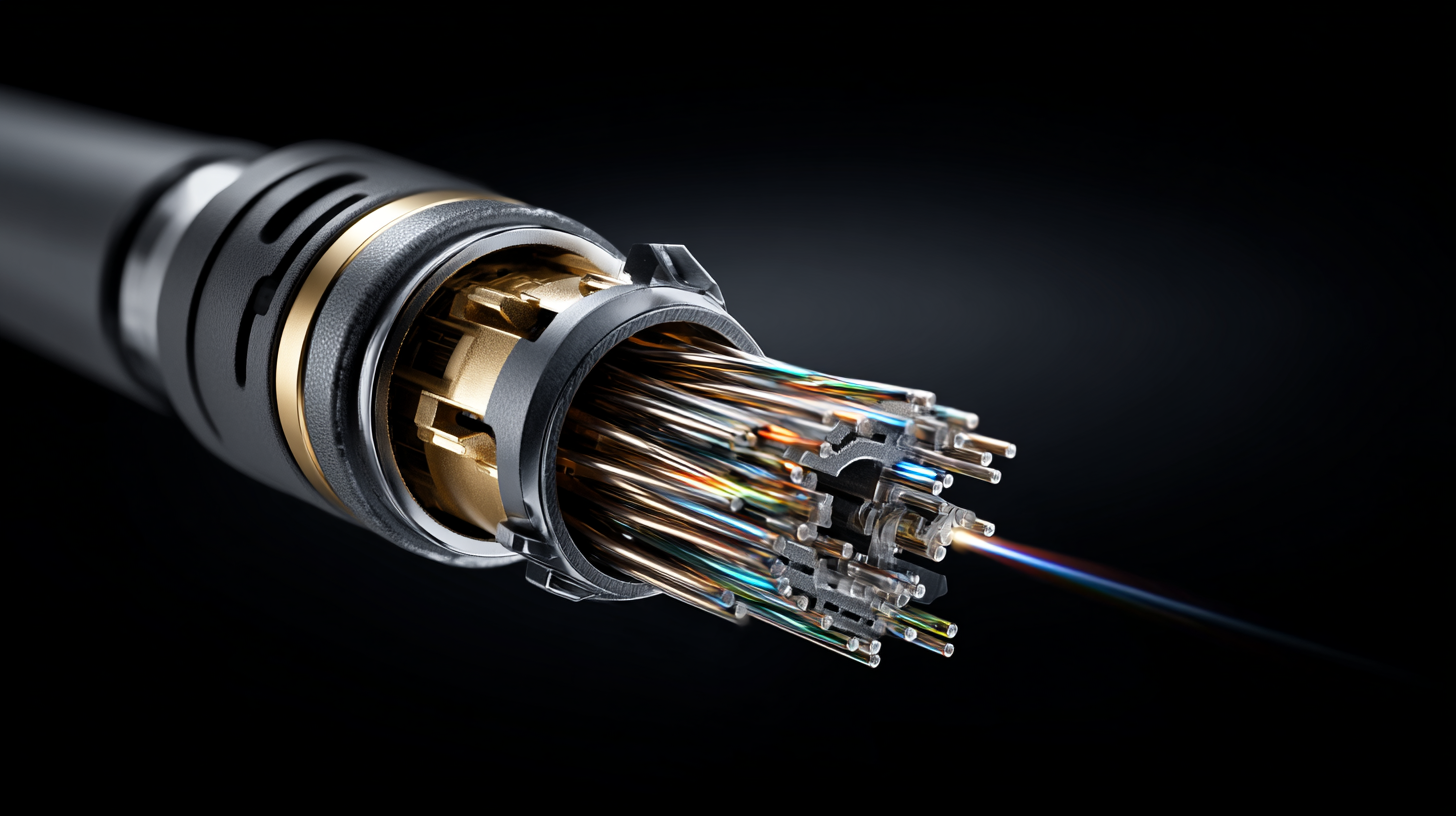
Another common problem is compatibility with existing equipment. Not all devices support 10G SFP Plus AOC, so users should verify compatibility before making a purchase. Additionally, using the correct cable length is paramount; cables that are too long can lead to increased latency and signal loss. Troubleshooting should include testing the cable with different devices to identify potential issues. By addressing these common concerns, users can fully leverage the high-speed connectivity that 10G SFP Plus AOCs provide, ensuring robust and efficient network performance.
The evolution of data transmission technology is rapidly advancing, with 10G SFP Plus (Small Form-factor Pluggable Plus) promising to play a pivotal role in achieving higher speed connectivity. As organizations increasingly rely on data-intensive applications, the demand for bandwidth and low latency will continue to drive the adoption of 10G SFP Plus technology. This optical cable solution enables organizations to transmit data at an impressive 10 Gbps, significantly improving their operational efficiency and networking capabilities.
Future trends indicate that the integration of 10G SFP Plus technology will extend beyond traditional use cases. With the rise of cloud computing, Internet of Things (IoT), and real-time data analytics, businesses will require advanced connectivity solutions that can seamlessly handle increased data loads. The flexibility and scalability of SFP Plus cables not only meet current needs but also position them as a preferred choice for future infrastructure upgrades. As industries evolve, the adoption of high-speed connectivity solutions like 10G SFP Plus will be fundamental in fostering innovation and enhancing the overall digital experience.
